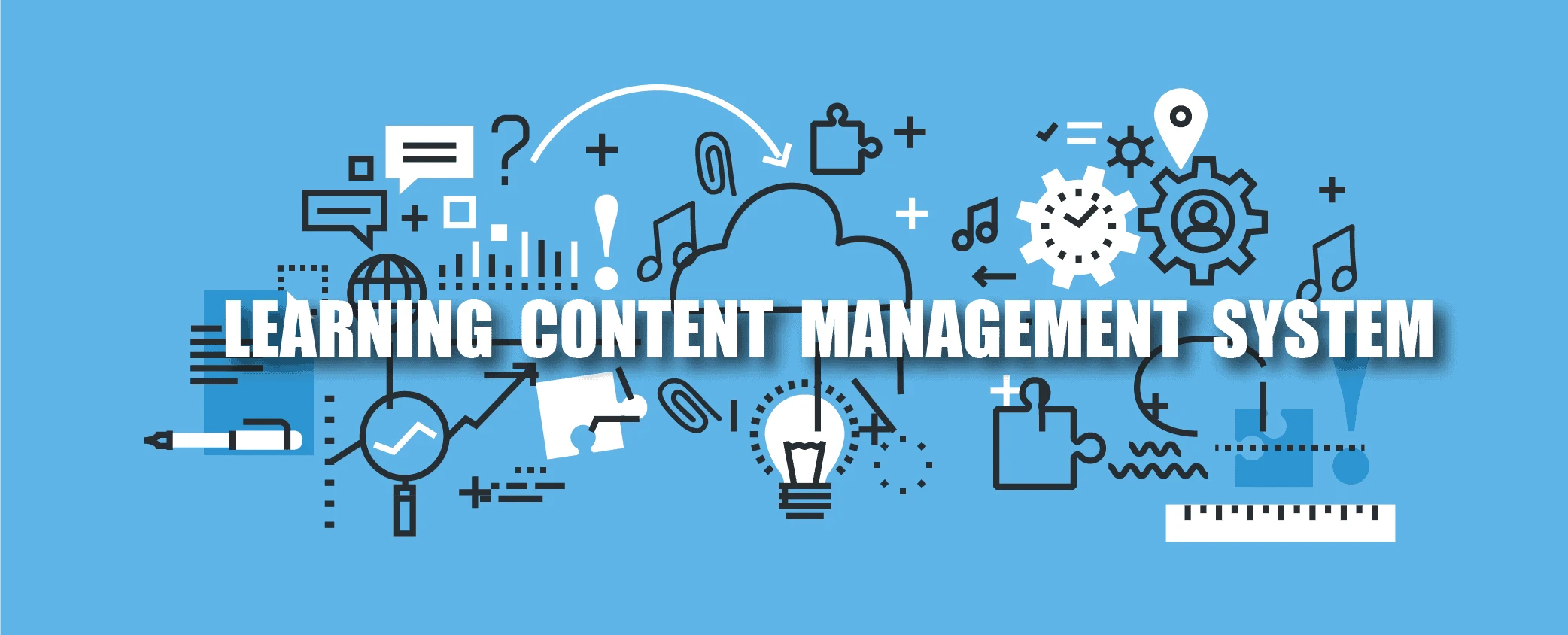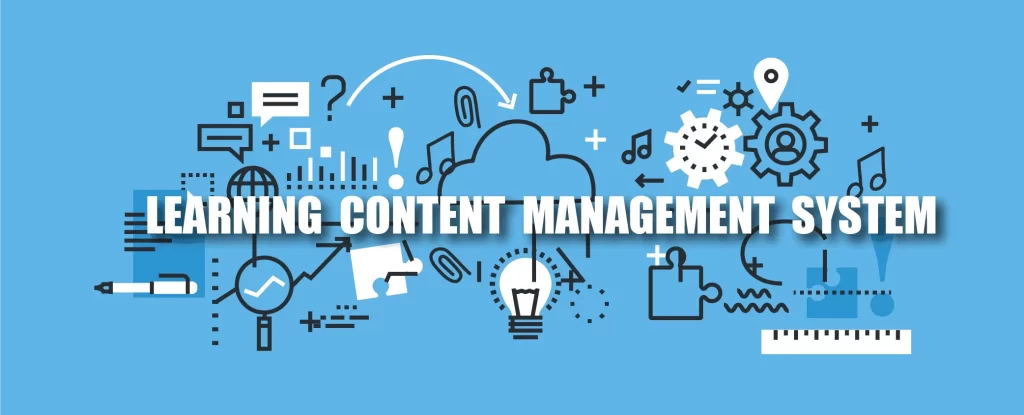In higher education today, Learning Management Systems (LMS) are becoming an integral part of the learning process. LMS provide teachers and students with a variety of tools to support their teaching, learning and assessment requirements. From tracking course progress to providing interactive elements such as multimedia content, access to external resources and even student collaboration activities, there is no doubt that this technology has great potential for improving outcomes in higher education institutions across the globe. In this blog post, we will explore how LMS can be used in various ways throughout universities and colleges to support both instructors’ pedagogical efforts as well as learners’ growth. We’ll also take a closer look at some key benefits they bring while highlighting topics such as data security measures associated with using these systems in academia. So let’s get started!
Pearson Etext Live Essentials
Pearson Etext Live Essentials is a powerful learning management system (LMS) designed to help universities and other higher education institutions offer their students an engaging and personal digital learning experience. Pearson Etext Live Essentials combines the flexibility of an open source platform with Pearson’s expertise in educational content delivery, allowing higher education instructors to create custom digital classrooms with Pearson-developed course materials. The customizable Pearson Etext Live Essentials platform provides educators with resources to foster student engagement, assessment, collaboration, and communication in the online learning space.
Pearson Etext Live Essentials allows instructors to easily curate content from Pearson’s extensive library of etextbooks, lectures, and interactive activities for their classes. Pearson’s library includes material from leading authors in almost every field of study. With Pearson’s catalog of materials at their disposal, instructors can use Pearson Etext Live Essentials to create unique learning experiences for students. Instructors can assign readings directly from the textbook, or assign supplemental materials that enhance the course content such as articles and videos.

How Do I Set Up My Lms?
Learning management systems (LMSs) are essential tools for higher education institutions. They provide educational companies with the opportunity to manage and deliver content more effectively and efficiently while also providing students with an online platform to access educational materials. Setting up an LMS is a crucial step in ensuring that a learning institution can realize its potential, but it can be a complicated process.
Before setting up an LMS, it is important to have clear objectives. Establishing the goals of the institution will help determine how much time and effort should be invested into setting up the system. It is also important for institutional stakeholders to consider their budget before beginning the setup process. How much money is available for training, licensing fees, software development, and other associated costs? This will help ensure that resources are allocated appropriately throughout the process.
Once these considerations are taken into account, educational companies should decide which type of LMS to implement. There are two main categories: on-premise or cloud-based learning management systems.
Canvas Enterprise Edition
Canvas Enterprise Edition is a comprehensive Learning Management System (LMS) providing higher education institutions with powerful tools to manage and deliver engaging digital learning experiences. Canvas Enterprise Edition offers advanced features such as the Canvas Data Platform which allows instructors to analyze data across multiple courses and campuses, Canvas Studio which enables media-rich course content creation and Canvas Automation which streamlines workflows for teachers and administrators. Canvas Enterprise Edition helps universities make the best use of their resources while increasing faculty productivity, engagement, and student success.
Using Learning Management Systems In Higher Education is becoming increasingly popular due to their ability to provide an integrated platform for teaching, learning, communication, assessment, collaboration and administration of education programs. Canvas Enterprise Edition provides a wide range of educational tools that can be used by students, instructors, researchers and administrators in a user-friendly interface. Canvas provides a single point of access for the entire educational enterprise from anywhere around the world.
Exponent Inc. Learning Solutions Suite
Exponent Inc. Learning Solutions Suite is an innovative platform designed to help educational institutions provide more effective and efficient learning experiences for their students. Exponent Inc. provides a suite of tools, including Learning Management Systems (LMS), that allow educators to create and manage digital learning environments. Exponent Inc.’s LMS solutions are tailored specifically for higher education and allow universities to deliver engaging course content, enhance student engagement, and measure student performance with real-time analytics.
Exponent Inc.’s LMS solutions include an integrated suite of applications designed to support the entire learning process from course creation to student assessment. Exponent Inc.’s course creation tools make it easy for educators to build rich curricula, structure courses, integrate multimedia elements, assign tasks, and track student progress over time. Exponent Inc.’s student engagement tools enable teachers to raise questions and foster discussion within the classroom environment, creating an interactive experience that encourages active participation in class activities. Exponent Inc.
Which Lms Should I Use For My Course?
Learning Management Systems (LMS) are an essential tool for managing courses, delivering instruction and tracking student performance in higher education. With a wealth of features and options available, it can be difficult to choose the best LMS for your course. The right LMS should not only meet your needs but also be easy to use and produce good results in terms of student engagement and learning outcomes.
When deciding Which Lms Should I Use For My Course?, one of the first questions to consider is the type of content you plan on using. Different systems have different capabilities when it comes to integrating various media such as audio, video, images, documents etc. It’s important to make sure the chosen system can handle all types of content you’re wanting to deliver. Additionally, look into whether users have access to offline learning materials or if they will solely rely on a web-based platform for their learning experience.
Another key factor when it comes to Which Lms Should I Use For My Course? is user experience or usability. This refers to how intuitive or user-friendly the platform is for both students and instructors alike.
Sakai
Sakai is a powerful learning management system (LMS) used by many higher education institutions around the world. Sakai provides an intuitive and easy-to-use interface that enables instructors to deliver engaging, interactive content to their students. Sakai also supports collaboration between teachers, staff, and students in a secure online environment. With Sakai, instructors can create course material, assign tasks and grades, communicate with learners through chat or discussion boards, keep track of attendance, manage assessments and more. Sakai is designed to meet the needs of today’s digital classroom and help improve student engagement and performance.
Using Learning Management Systems In Higher Education has become increasingly popular in recent years as institutions strive to find new ways to engage students and make their online learning experiences more efficient and effective. Sakai offers multiple tools for creating rich learning environments including materials repositories, virtual classrooms, assessment tools, user tracking systems and communication functionality. Sakai also allows users to add multimedia elements such as audio files or videos into its content library so that students can access them with ease.
Adobe Connect Cloud-Based Lms
Adobe Connect Cloud-Based Learning Management System (LMS) is a powerful platform that allows educators to easily create, manage and deliver high-quality educational content. Adobe Connect offers an array of features and integrations that can be used to create engaging online learning experiences for students in higher education. Adobe Connect enables educators to easily deliver content such as course materials, lectures, assignments, and assessments while also providing students with the tools they need to stay engaged within their courses.
Adobe Connect provides a range of features designed to support the use of learning management systems in higher education. Adobe Connect supports the use of multimedia components such as audio, video, slideshows and other interactive media which can be used to enhance student engagement and comprehension. Adobe Connect also allows instructors to conduct real-time assessments with instant feedback for immediate improvement opportunities. This ensures that instruction remains up-to-date and relevant as new information becomes available in the field of study.
How Does An Lms Help Me As A Professor?
Learning Management Systems (LMSs) are becoming increasingly important in higher education institutions as they provide teachers and students with an opportunity to connect beyond the classroom. As a professor, utilizing an LMS can help you create more engaging, interactive learning experiences for your students and can also improve your teaching efficiency.
One of the most significant benefits of using an LMS is its ability to facilitate communication between instructors and students. Many LMSs offer features such as instant messaging, discussion boards, video conferencing and e-mail that allow professors to reach out to their students in real time and develop deeper relationships with them. Such direct communication also allows for quick feedback from both sides which helps ensure that course objectives are being met.
Another key benefit of using an LMS is the ability to easily integrate various learning materials into a single platform. This eliminates the need for professors to search through multiple sources for educational content or resources and helps ensure that all information related to a course is accessible from one single place.
Canvas
1. What is Canvas and How Can It Help Higher Education Institutions
2. Benefits of Canvas for Students and Teachers
3. Different Learning Management Systems Available in Higher Education
4. Advantages of Using Canvas in Higher Education
5. Challenges Faced While Implementing Canvas In Higher Education
6. Best Practices For Utilizing Canvas In Higher Education Institutions
Moodle
Moodle is a popular open-source learning management system (LMS) used by many higher education institutions around the world. Moodle allows instructors to easily create and manage online courses, assignments, quizzes, exams, and other activities. Moodle also supports collaboration between students and instructors with discussion forums, wikis, blogs and other collaborative tools such as chat rooms. Moodle also provides powerful analytics tools that allow instructors to monitor student progress in real time.
Using Moodle for higher education enables better communication and collaboration between faculty and students. Moodle’s large library of free course materials makes it easier for educators to share content with their students. With Moodle’s user-friendly interface, it is easy for both faculty and students to navigate the platform. Moodle also allows instructors to tailor their courses based on student demographics such as age group or geographic location. Moodle can be used on any device with an Internet connection making it accessible from anywhere in the world.
Moodle also provides a range of features designed to facilitate student engagement and make learning more interactive.
Syllabus Builder
Syllabus Builder and Learning Management Systems (LMS) are powerful tools that are becoming increasingly popular in higher education, allowing educators to quickly and easily create comprehensive syllabi while also providing students with the information they need to succeed. Syllabus Builder is a user-friendly software platform that allows instructors to build their course syllabus from scratch and customize it with detailed materials, such as module-level objectives, learning activities, readings and assignments. Syllabus Builder also provides a variety of options for formatting the syllabus – for example, instructors can choose whether to include a table of contents or have each page be numbered.
Using Learning Management Systems in higher education has many benefits. First, LMSs provide an efficient way for educators to deliver course materials directly to their students’ computers or devices. This eliminates the need for printing out paper copies of course materials, thus reducing costs. In addition, LMSs offer teachers the ability to track student progress by providing real-time feedback on assignments and quizzes. This makes it easier for teachers to identify areas where students may need extra help or guidance and adjust their teaching accordingly.
Whitesmoke Learning Solutions Suite
Whitesmoke Learning Solutions Suite is a comprehensive learning management system (LMS) designed to help institutions of higher education maximize the effectiveness of their educational programs. Whitesmoke LMS enables educational institutions to create courses and curriculums that are tailored to the needs and interests of students, while ensuring quality instruction through data-driven guidance. Whitesmoke Learning Solutions Suite provides an array of features that can be used to manage course delivery, track student performance, facilitate assessment and feedback, create virtual classrooms, and develop blogs and forums for student collaboration.
Using Whitesmoke Learning Solutions Suite in higher education allows instructors to assess student performance in real-time using a variety of methods such as surveys, quizzes, discussion boards, assignments, and other activities. It also enables instructional teams to easily design custom course materials by combining existing content with new or modified resources. Moreover, Whitesmoke Learning Solutions Suite provides automated grading capabilities which make it easier for instructors to assign grades quickly and accurately without any manual intervention.
What Are Some Disadvantages Of Using An Lms?
One of the major disadvantages of using a Learning Management System (LMS) in higher education is the cost. Many educational institutions are not able to afford the upfront cost of purchasing and implementing an LMS, as well as the ongoing maintenance costs associated with keeping it up-to-date. Additionally, there may be extra fees for certifications or training courses necessary for use. Furthermore, some systems may require additional hardware or software upgrades on computers used to access them, which can add to the overall expense.
Another disadvantage of using an LMS in higher education is that they can lack user-friendly features. Some students can struggle with navigation and find themselves confused by certain features of an LMS platform. This can lead to frustration and lower engagement levels, creating a barrier between students and their learning objectives.
In addition, data security can also be a challenging issue when it comes to learning management systems. Student data must remain completely secure and confidential at all times; however, some LMS systems may not offer sufficient protection from cyber threats or unauthorized access.
While there are some disadvantages to using an LMS in higher education, such as the potential for decreased interaction between professors and students, the advantages far outweigh any negatives. With an LMS, professors can easily post lecture notes and PowerPoints online for students to access at their convenience, which is ideal for busy college students who have other commitments outside of class. In addition, most LMS platforms offer 24/7 customer support in case any technical issues arise. Overall, an LMS can be a helpful tool for both professors and students alike when used correctly.Do you use an LMS in your school? What advantages or disadvantages have you experienced? Let us know in the comments below!



